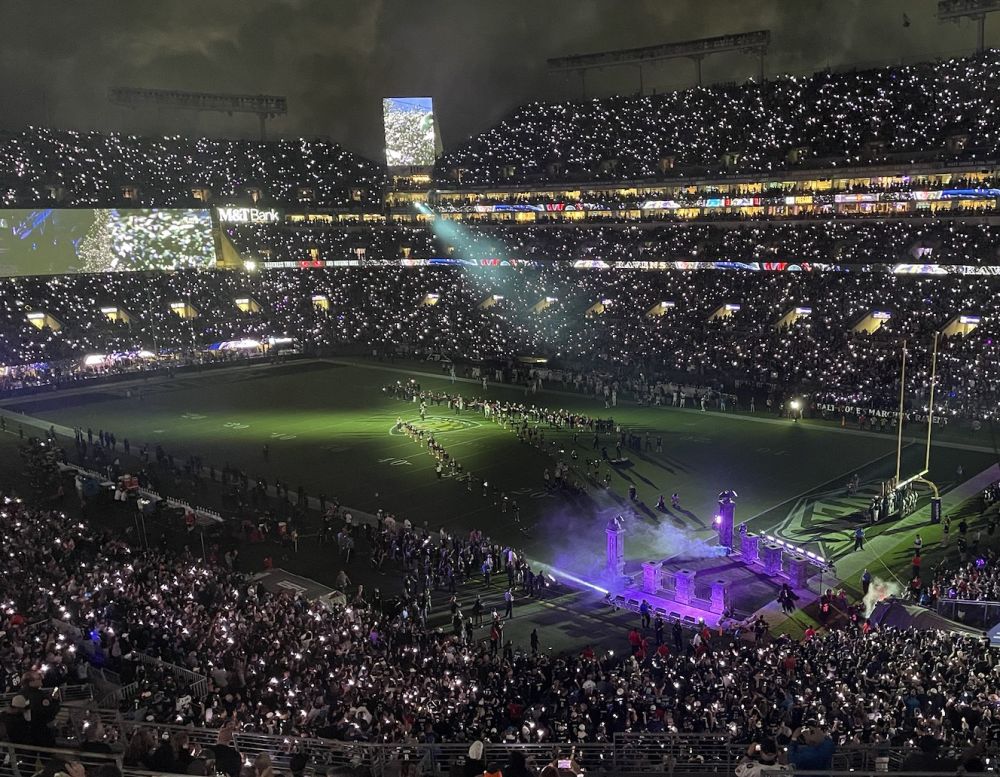He continued in Pittsburgh through 1996, torturing Baltimore and quarterback Vinny Testaverde with the first-ever interception of a Ravens pass, returning it for a touchdown at Three Rivers Stadium in the Ravens’ first-ever loss. He had five more interceptions that season as well as 71 tackles but was shown the door at season’s end in a very contentious departure from the only franchise he had known. It was very much a money decision made by a franchise that didn’t have a reputation for taking care of its players during the early days of free agency in the NFL.
In San Francisco, now that magical two years removed from surgery, he would hope to prosper as well as have his best chance to win a Super Bowl. With a loaded defense in need of a shutdown cornerback, and an offense that featured future Canton soulmates in quarterback Steve Young and wide receiver Jerry Rice, Woodson believed he’d mine gold in the Bay Area. Battling injuries, fatigue, a calf injury and a concussion, Woodson played in 14 games that season but was discarded immediately after the loss to Green Bay.
Did the ACL injury wreck him forever? Would any team be willing to pay a future Hall of Famer and a starting member of the NFL’s 75th Anniversary team a fair salary? Could he get on a team close enough to home to keep his family needs satiated?
Marvin Lewis didn’t have the answers to those questions, but he was going to investigate.
“As soon as San Francisco cut him, (Director of Pro Personnel) Ozzie (Newsome) came right into my office and asked me to get involved,” Lewis said. “We got on it right away.”

Lewis had spent four years with Woodson in Pittsburgh, but prior to that had spent two years working for the University of Pittsburgh as a linebackers coach. He was a native of the area as well, attending high school in McDonald, Pa.
Lewis became familiar with Woodson’s legend long before he actually knew him or worked with him.
“When I was at Pitt, we always had Sundays off and the game was always on,” Lewis said. “The other coaches and I would watch games and we would marvel at the guy. Anytime there was a close game he would make a play to win the game. It was a sack, or a punt return, or an interception, a big tackle, a blitz off the edge – whatever it took to win. It seemed like he won games every week and had been doing it from the minute he got into the league.”
A week after he was cut in San Francisco, Woodson came into Baltimore for an informal visit, and Lewis did everything he could to make his old friend from Pittsburgh feel at home. But his recruiting efforts nearly backfired on his own defensive unit because at least one of the current players was intimidated by the legend of Woodson.
“It was mid-February and the only guy I could find in town to go to dinner with us was (Michael) McCrary,” Lewis recalled. “Michael refused to go at first. He said, ‘I’m afraid I’ll say something wrong and he won’t like me and then he won’t want to come. I don’t want to mess things up.’ ”
Lewis prodded, and McCrary joined the pair of former Steelers for a dinner at Ruth’s Chris Steakhouse in Baltimore. There, the trio stumbled upon head coach Ted Marchibroda, who just happened to be dining there as well. Although it might have been construed as a set up, it truly was coincidental that the coach was dining there with friends.
Two days later, Rod Woodson would be the first fully respected, legendary player to join the Baltimore Ravens.
Just one month shy of his 33rd birthday, there was no getting around the fact that he wasn’t as fast as he was prior to his injury. But Newsome and Lewis knew what they were buying: knowledge, leadership, but most of all, credibility.
If Rod Woodson would come to play for the Baltimore Ravens, why shouldn’t I?
That was the groundwork the franchise was laying for the future decisions of free agents and legends.
“We had won six games in 1997,” Lewis said. “I felt that Rod would win us three more games and he got us two – against the Jets and Raiders. But the offense was horrible and we only won six games that year and it had fallen apart. I felt sorry for him. I was the one who convinced him that we could go to the playoffs.”
Woodson came to Baltimore for a variety of reasons, none of which had to do with money. The Tampa Bay Buccaneers and Cincinnati Bengals were also courting him for his services and he almost certainly could have gotten more cash in either of those situations.
He had a friend in Tampa in head coach Tony Dungy and great, young personnel on the defense, but it was too far for him to see his family with any regularity. Defensive coordinator Dick Lebeau, who had been Woodson’s boss in Pittsburgh, had an inside track to bring him to the Queen City, but the artificial turf that he knew so well as a visitor would be enough to keep him away.



























